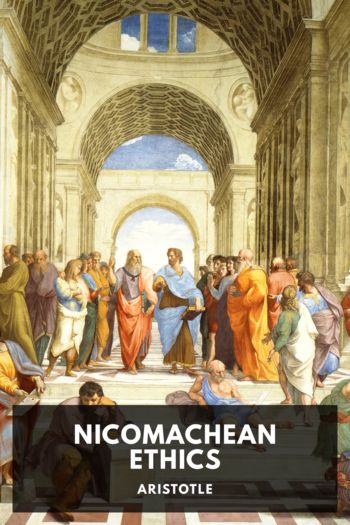The Book of Eels, Patrik Svensson [bill gates best books .TXT] 📗

- Author: Patrik Svensson
Book online «The Book of Eels, Patrik Svensson [bill gates best books .TXT] 📗». Author Patrik Svensson
And as Anguilla and all the other mature eels disappear, from view and human knowledge, our focus shifts to the tiny, weightless willow leaves, “the only testament that remained of the parent eels,” moving in the other direction, drifting on the ocean currents in a long journey back through the ocean, over the continental shelf and toward the land that “once was sea.”
Under the Sea-Wind hit American bookshops in November 1941. It was, of course, remarkably unfortunate timing. A month later, worldly affairs intervened when Japan attacked Pearl Harbor. The United States was at war, and the public’s interest in fairy tales about eels, mackerels, and black skimmers was suddenly minimal. The book sold fewer than two thousand copies and was soon forgotten.
Eventually, however, it would be picked up again, published in new editions and read and loved by successive generations. Above all because it describes the sea in a way that’s beautiful and fantastical, dreamlike and literary, but also always based on science. Rachel Carson’s decision to anthropomorphize the animals was, of course, deliberate and in service of a purpose. She used fairy-tale devices but never went beyond the boundaries of science and fact. She didn’t let the eel speak or act in a way that would be alien to the real animal. She was simply trying to imagine what reality is like for an eel, how it experiences all the hardships, metamorphoses, and migrations of the strange life cycle she also describes with scientific clarity. She explains in the foreword of the first edition, “I have spoken of a fish ‘fearing’ his enemies . . . not because I suppose a fish experiences fear in the same way that we do, but because I think he behaves as though he were frightened. With the fish, the response is primarily physical; with us, primarily psychological. Yet if the behavior of the fish is to be understandable to us, we must describe it in the words that most properly belong to human psychological states.”
And thus, the eel’s behavior became comprehensible to us for the first time, or at least slightly more comprehensible than before. What Rachel Carson realized, and what makes her unique in the history of natural science, was that she had to be able to see part of herself in another creature in order to truly understand it. She identified with animals, and this identification gave her the ability, and the courage, to anthropomorphize them. She did something that’s taboo in traditional science: she gave the eel awareness, an almost human consciousness, and thereby managed to get closer to it. She didn’t do it because she believed eels posses that kind of awareness, in the strictly scientific sense, but to help us better understand what a unique and complex creature it is. To let the eel be an eel, but also something we can to some degree identify with. A mystery, but no longer a complete stranger.
SO WHAT’S THE DIFFERENCE BETWEEN AN EEL AND A HUMAN? A common definition of what makes us human is that we’re aware of our own existence, and with this awareness comes a desire to affect existence. At least that’s how the difference between humans and animals has been historically conceived.
In the seventeenth century, René Descartes claimed all creatures except humans should be thought of as “automata.” Animals were bodies, the actions of which were nothing more than mechanical reactions. Humans, on the other hand, had something all animals lacked, a soul. The soul enabled thinking, which was in itself proof of the existence of awareness. Ergo, humans had awareness because they had a soul. Animals had no soul and therefore no awareness.
With the aid of a soul, humans were elevated above animals, but also above the passage and transience of time. The notion of a soul was and is still associated with the idea that humans are individuals. The word individual, in turn, means something that can’t be divided, a unit that stays whole and unchanged even when everything else changes. And since the human body is unarguably changeable, as are the external conditions of a human life, there must be something else, something permanent, that makes us individuals. This something has since time immemorial been the soul.
That being said, this particular difference between animals and humans has never gone unchallenged. When Carl Linnaeus published the tenth edition of his constantly reworked Systema Naturae (the edition usually considered the most important because it contains the beginnings of zoological nomenclature), in 1758, it featured some controversial revisions from previous editions. This is where Linnaeus, among other things, recategorized whales from fish to mammals, and bats from birds to mammals. But this was also where he temporarily erased the line between human and animal. In this particular edition, he placed the orangutan in the same genus, Homo, as humans. Which meant that according to Linnaeus, the orangutan was human. That we, Homo sapiens, were not, after all, the only living members of our genus, that we weren’t as unique as we’d always assumed.
That was a scientific mistake and it was quickly corrected, but even so, it did raise interesting questions. If the orangutan was human, did that mean the orangutan had a soul? Was it aware of its own existence? If so, what was the difference between a human and an orangutan? And if that difference was erased, what was really the difference between humans and bats or eels?
Eventually, Charles Darwin came along and robbed us of our eternal





Comments (0)